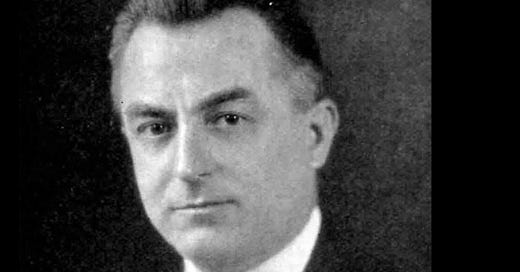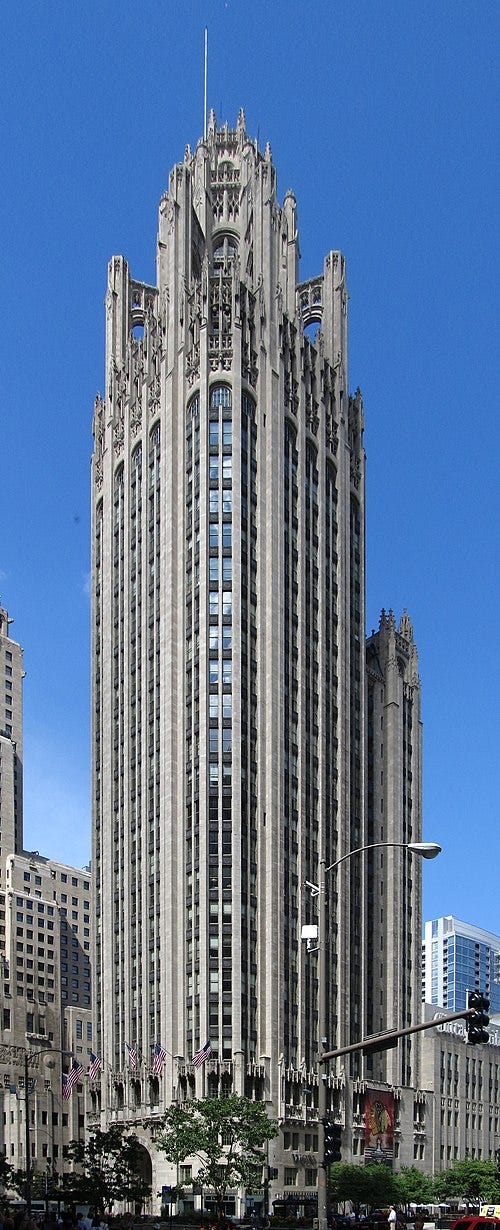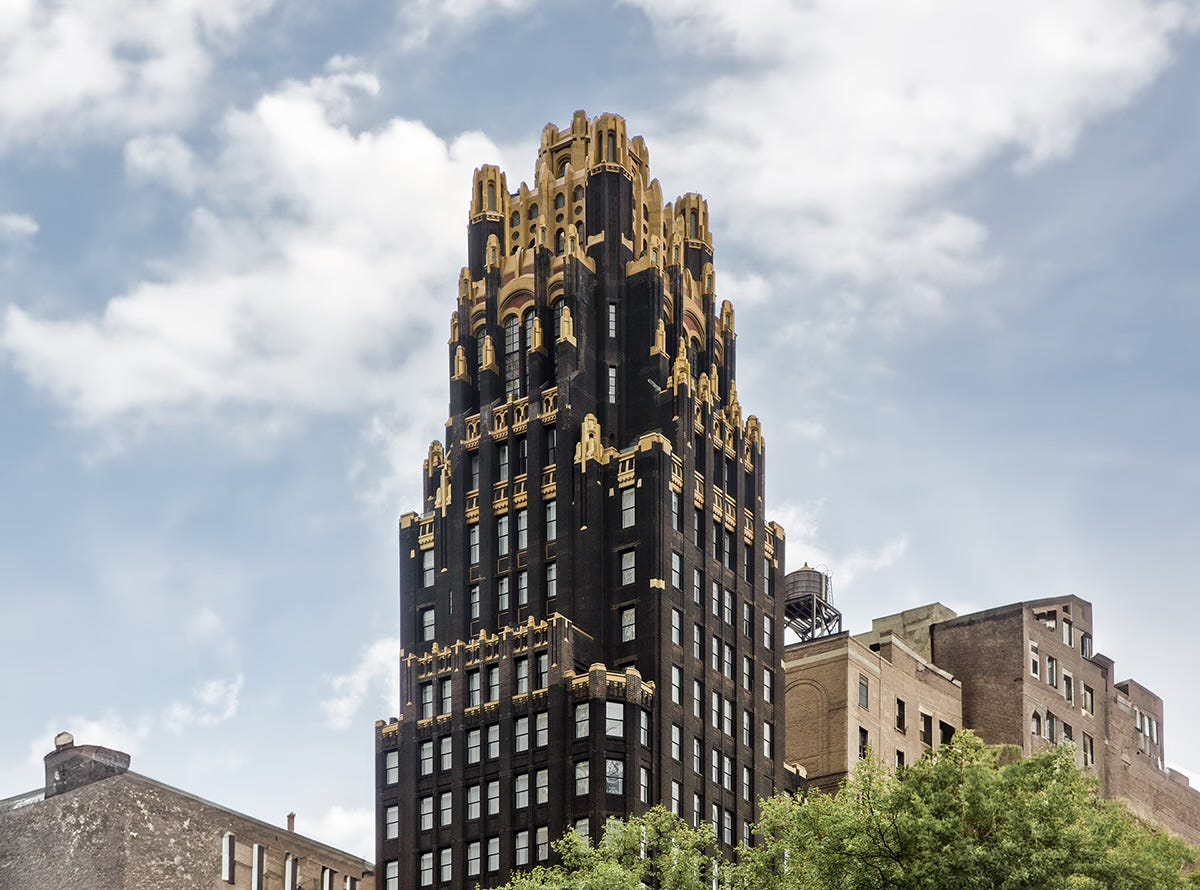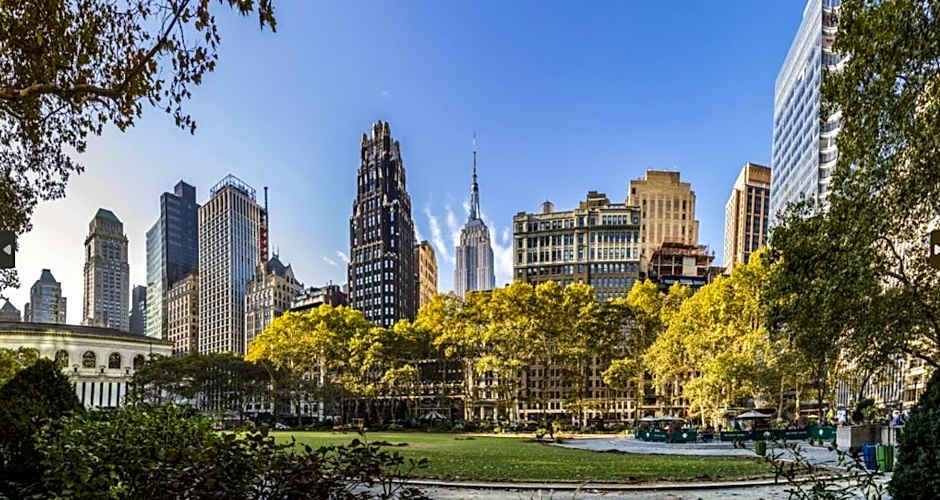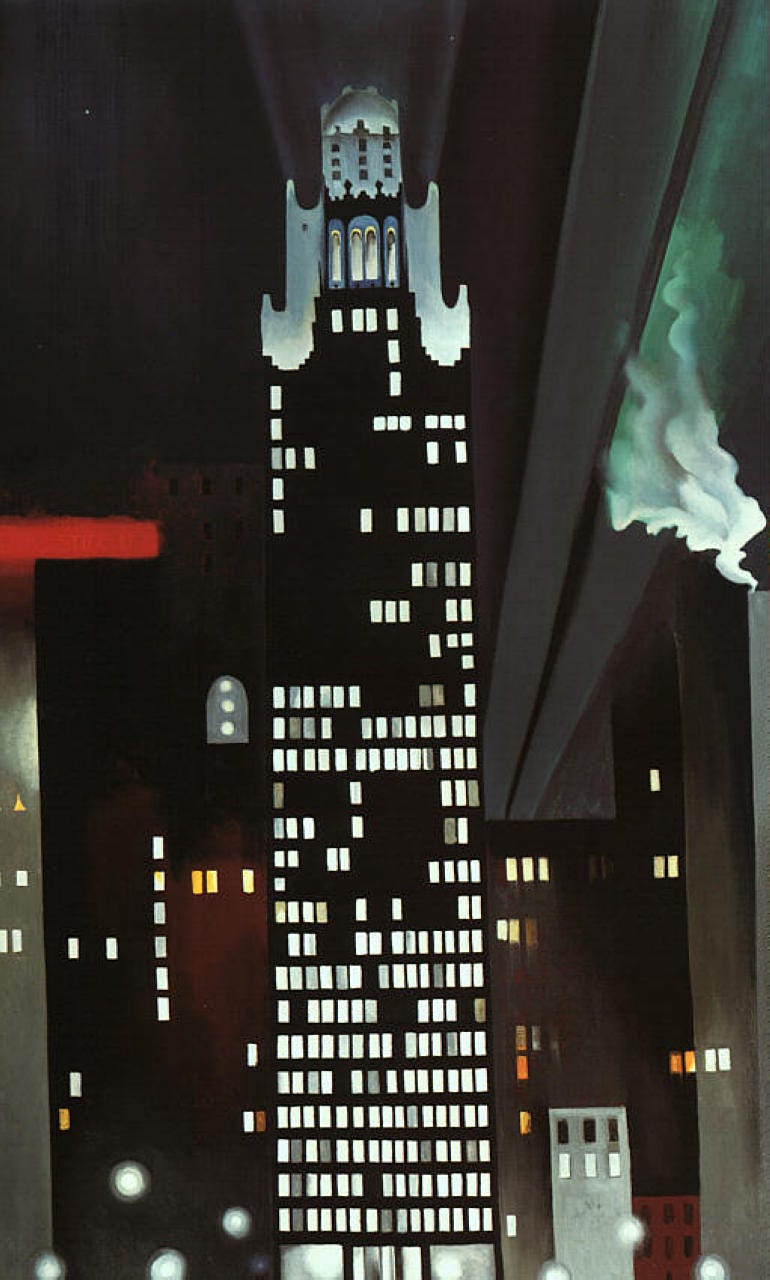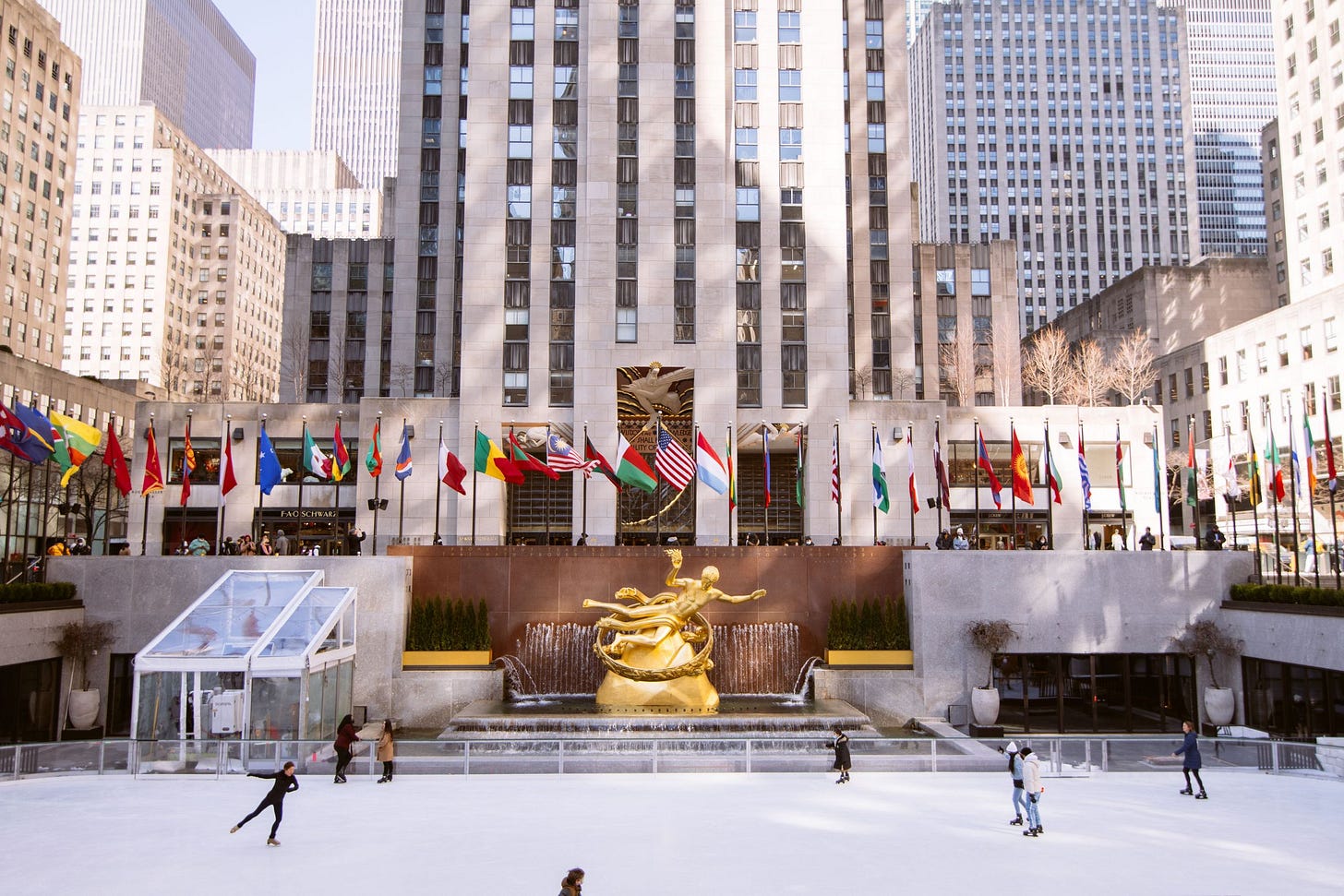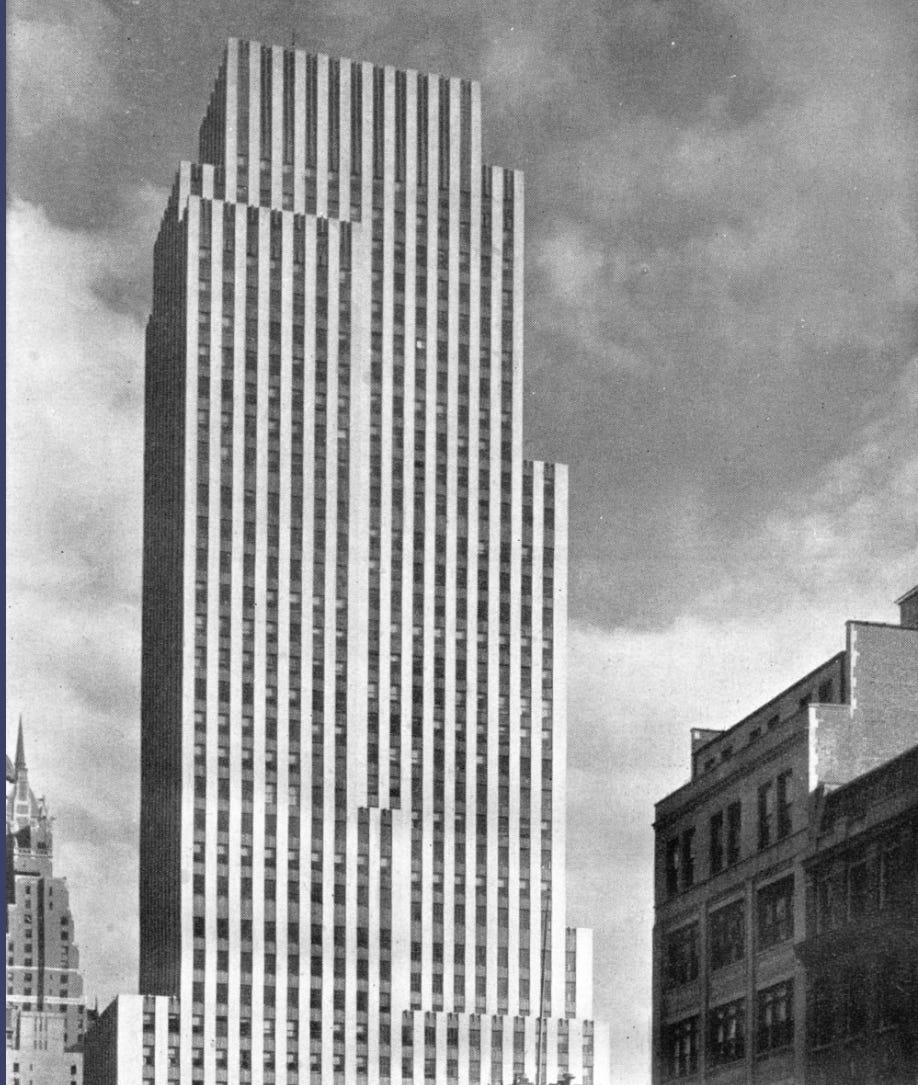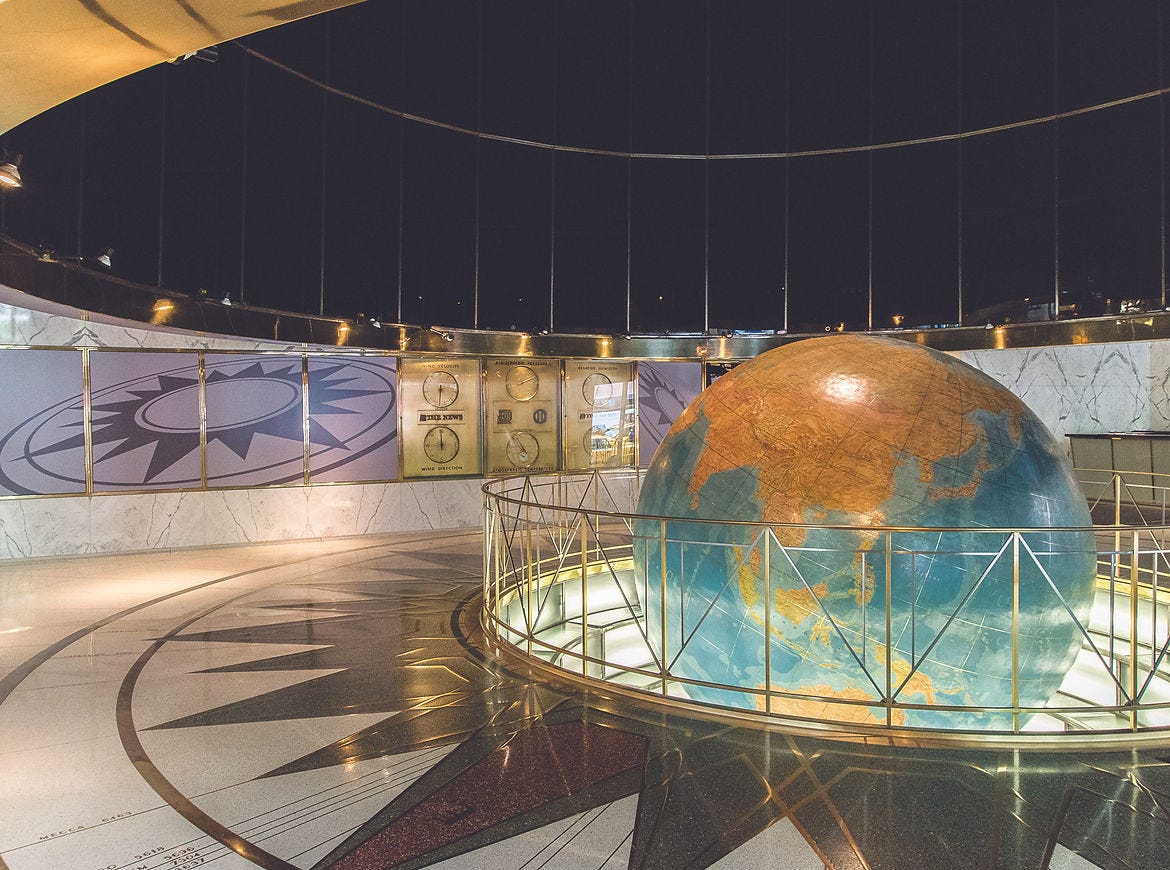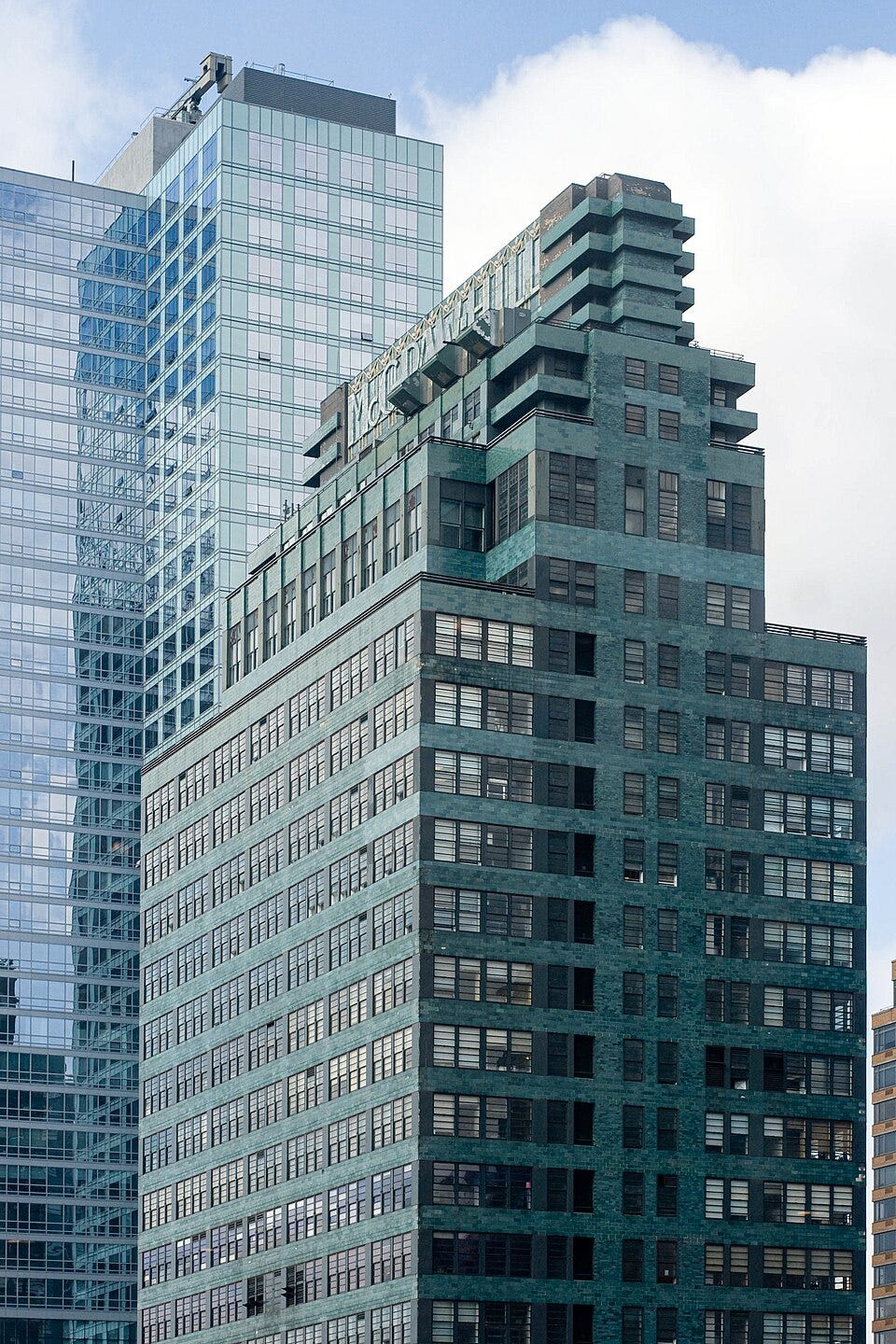In the spirit of lifelong learning, I now understand that “IYKYK” means “if you know, you know” and is defined by the Cambridge dictionary as an abbreviation to “show that there is a shared joke or shared knowledge with the reader that other people might not understand.” the career of Raymond Hood who designed the Tribune Tower in Chicago, the American Radiator Building and Daily News Building in Manhattan, and significant portions of Rockefeller Center, also in Manhattan. Yet, he is not nearly as well-known amongst the casual fans of architecture as perhaps he should be. Maybe this is an example of IYKYK.
Hood was born in Rhode Island in 1891. He studied at Brown and then at MIT, where he was influenced by a teacher who was a disciple of the Beaux-Arts approach. Hood ultimately ended up at the École des Beaux-Arts in Paris in 1905, with all that implies.
Chicago Tribune Tower
Hood had met New York architect John Mead Howells at the École des Beaux-Arts in Paris. As fate would have it, in 1922, Howells invited Hood to partner in a competition in Chicago to design a Tower for the Tribune. They were the successful submissions, prevailing over such luminaries of the day as Eliel Saarinen, Walter Gropius, and Adolf Loos. A star was born.
American Radiator Building (Bryant Park Hotel)
Their success with the Tribune Tower propelled the Hood and Howells' partnership into a project in New York, along with architect André Fouilhoux, for the American Radiator Company in the Midtown Manhattan section of New York City. This also moved Hood away from Neo-Gothic towards an Art Deco approach.
Completed in 1924. Three interesting elements of the design are notable. The black brick cladding with juxtaposed gold elements and the unique use of lighting have, over time, catapulted the building into lasting prominence. Consequently, it was declared a national landmark in 1974
As a point of clarification, the gold material on the building is not actual gold. Instead, it is a mixture of bronze and cast stone that Hood had seen deployed in Belgium.
The building has undergone many changes. A corporate merger renamed it the American Standard Building. Most recently, it became the Bryant Park Hotel, and it is glorious.
We mentioned previously the unique lighting. This feature of the building inspired Georgia O’Keeffe to paint it, as you can see below:
On a lighter note, watch the video below of the American football player, Peyton Manning, throwing a football from the building to a famous receiver, Cris Carter, in the park below the building:
Peyton Manning Throws a Football Off Skyscraper
Rockefeller Center
Rockefeller Center, the idea of John D. Rockefeller, Jr., was topped out in 1939 and is without question one of the most famous urban complexes in the world. Radio City Music Hall, the legendary skating rink, the TV studio, etc., have all combined to capture the public's attention from its opening.
Rockefeller’s team selected the architectural firms of Corbett, Harrison & MacMurray, Hood, Godley & Fouilhoux, and Reinhard & Hofmeister to work under the name of the “Associated Architects." This was to prevent the design from being attributed to any particular firm. That said, Raymond Hood was the lead architect.
There are many interesting points about the Center. Here are a few:
Rockefeller Center was always meant to be a civic space. Therefore, classic civic architecture met modern architecture from the very beginning. Many elements have become notable on their own merits. The iconic Christmas tree started as something that the workers paid for themselves. It now ranges from 80 to 100 feet high and is known worldwide. The Prometheus sculpture near the lower plaza might be the most photographed in New York.
The 30 Rock building is a stand-alone art deco masterpiece, for which Hood is the principal architect. It contains detailed period murals, Classic art deco terrazzo floors, fluted columns, etc. Radio City Music Hall, designed by Edward Durell Stone, is uniquely situated with its entrance on a corner. Even more amazing is that a park sits atop the Music Hall. If this were the only project Raymond Hood had ever been involved in, his career would still be legendary. But there was more to come
The Daily News building, Manhattan
A few notable points on the Hood design for the Daily News:
The building was commissioned by The News, who wanted a modern building, and Hood, based on recent works, was a logical choice. Despite his early neo-Gothic tendencies, Hood delivered an Art-Deco influenced project. Although the work is mainly clean and minimalist, Hood described the rotunda/lobby area, shown below in two images, as:
there is a small explosion of architectural effect... where the owner gave us $150,000 to spend."
Ben Dreith, US editor at Dezeen, wrote about Hood’s skyscraper work:
Built during the proliferation of American skyscrapers in the early 20th century, they represent attempts to harness engineering breakthroughs to find a mode of building that represented America's ascendant private sector.
No architect I have written about blended Art-deco with any other style as seamlessly as Hood.
McGraw-Hill Building
Completed in 1931, the McGraw-Hill Building at 330 West 42nd Street in Manhattan was built when that particular west side Hells Kitchen neighborhood was not considered a cool or desirable area of the City. The building is still strikingly differentiated by the aqueous colors provided by the facade's blue-green terracotta ceramic tile panels. Those panels are aptly displayed below:

Phillip Johnson, in a book he co-authored, said that the McGraw-Hill Building:
marks a significant turning point in skyscraper design. It is the first tall commercial structure consciously horizontal in design
Conclusion
Hood described his philosophy below:
Beauty is utility, developed in a manner to which the eye is accustomed by habit, in so far as this development does not detract from its quality of usefulness.
Raymond Hood is perhaps the most Important architect folks have ever heard of. However, since he died at age 53 in 1934, the arc of his potential fame was never quite realized. But if you know, you know.

